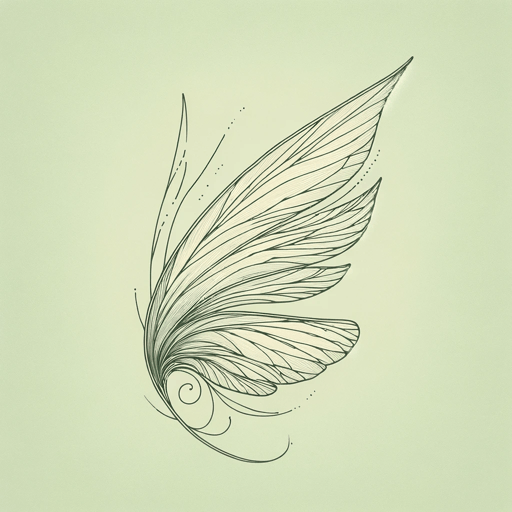49 pages • 1 hour read
Heather FawcettEmily Wilde's Encyclopaedia of Faeries
Fiction | Novel | Adult | Published in 2023A modern alternative to SparkNotes and CliffsNotes, SuperSummary offers high-quality Study Guides with detailed chapter summaries and analysis of major themes, characters, and more.
Background
Cultural Context: Faeries of Folklore
Faeries, or fairies, are part of European folklore connected to many different cultures and religions. The most well-known faerie folklore stems from Ireland, Scotland, Wales, and England, but also have roots in Greek and Arabic mythology. Faeries, or fairies, are mythical beings intrinsically connected with the natural world.
Though interpretations of faerie folklore vary, faeries are often regarded as mischievous in spirit—neither wholly benevolent or malevolent, but prone to trickery and incapable of mortal emotions such as empathy or unconditional love. Many of their interactions with humans are transactional. Bargains with the fae often sound advantageous to humans at first, but ultimately yield unfortunate results. It is a widespread belief that faeries have a weakness to iron.
Faeries can take many shapes and sizes and can be either humanoid or entirely different creatures. More often than not, humanoid faeries are perceived as being ethereal and beautiful, beyond mortal capacities. It is also common for faeries to have extended or near-immortal lifespans worth several human lifetimes. Though there is rarely such a thing as a harmless faerie, there are also more peaceful and benevolent faeries, such as Brownies. Brownies are guardian faeries known for their phenomenal housework, such as cleaning, mending, and cooking.


